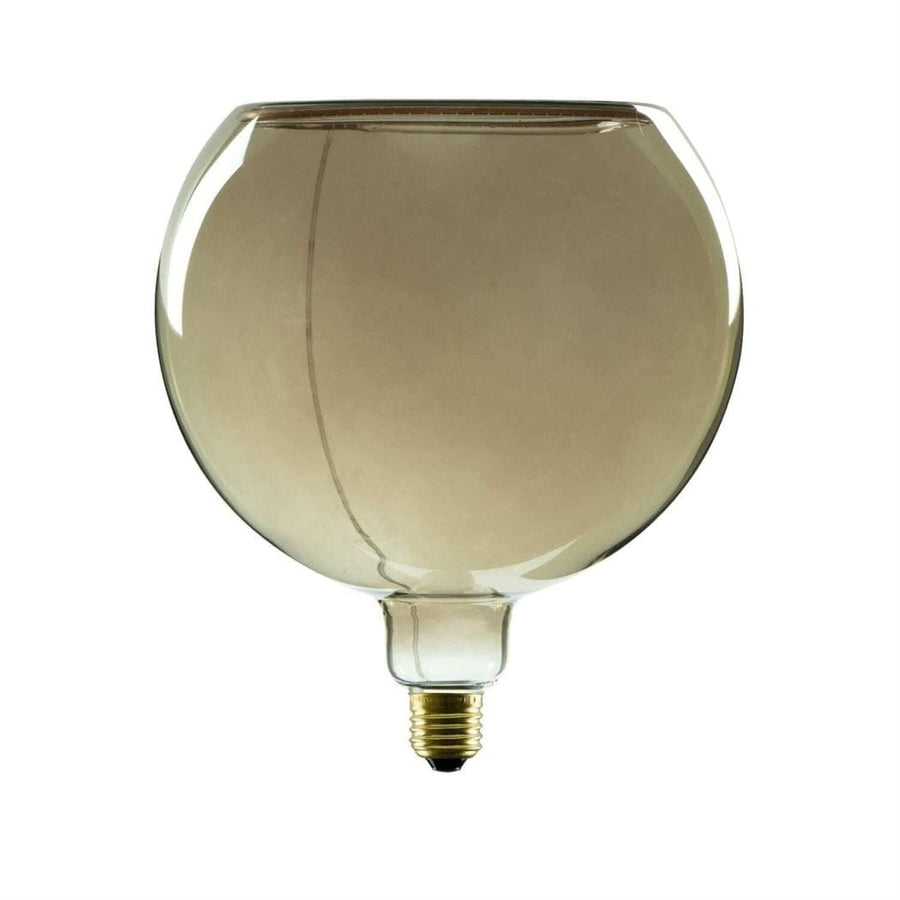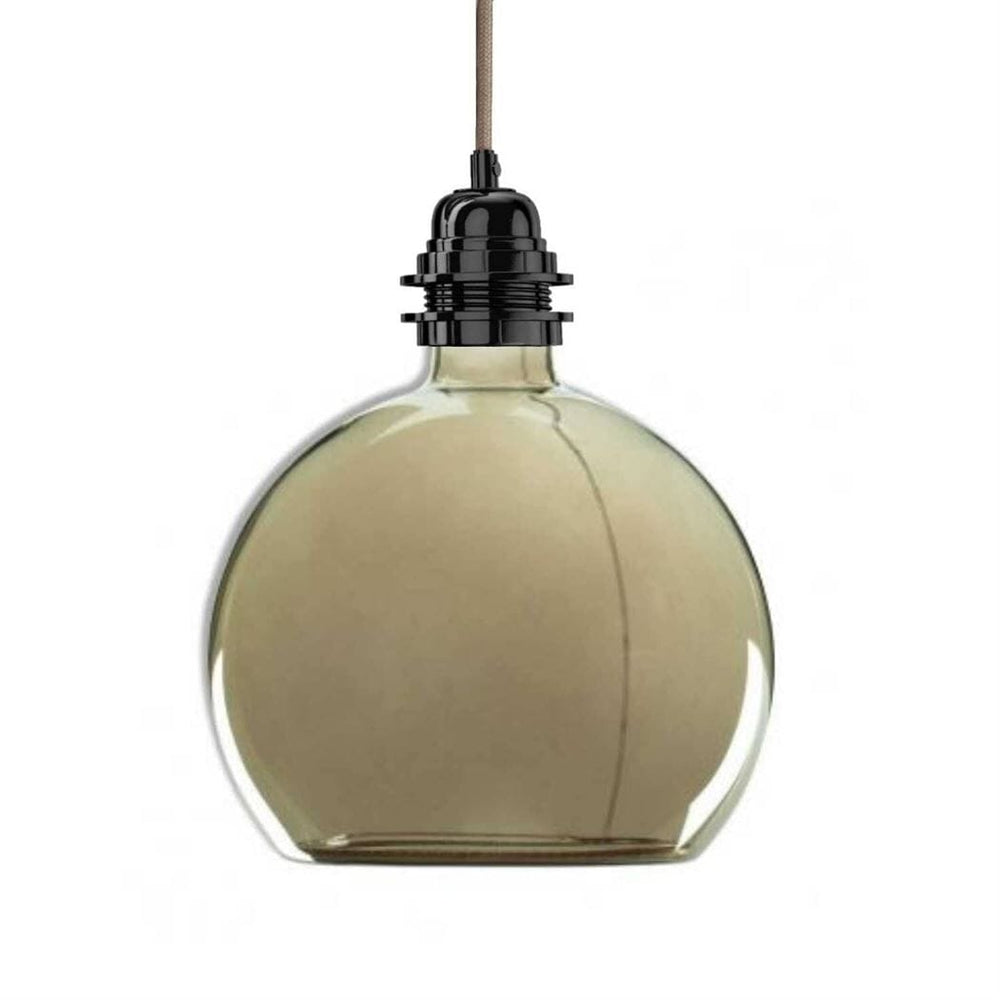What lighting is necessary depending on the rooms ?
Lighting in a home plays a crucial role, not only for visibility, but also for creating a desired ambiance. Whether it's reading a book, cooking a meal, or spending time with family, Each room in your home requires a different type of lighting. The key to achieving optimal lighting is understanding the concept of "lux," which indicates the amount of light received by a surface. This concept, combined with the lumens emitted by a light source, helps us determine the ideal lighting for each space. In this article, We will explore how to adapt lighting according to the rooms to meet their specific needs.
Understanding lux (lx), so that light is !
Lux is used to indicate the illumination (or luminous flux) received by a given surface, expressed in lumens per square meter (lm/m2). One lux equals one lumen per square meter.
In other words, Lux measures the amount of light that reaches a specific object or area.
To calculate the amount of lux needed in a room, we need to consider two key factors: the lumens emitted by the light sources and the surface area to be illuminated. Lumens, remember, measure the total amount of light emitted by a light source. The surface area refers to the area of the room, or specific area you want to light.
The number of lux required for a given surface is obtained by applying the following formula: lumens/m2 = lux .
To get the total number of lumens needed in a room, you need to add up the number of lumens produced by each bulb installed. This information is usually indicated on the bulb or its packaging. Then, divide this total number of lumens by the area of the room in square meters.
For example, if you have a 600 lumen bulb in a 20 m2 room, you get 30 lux of illumination (600/20 = 30.00).
Conversely, to determine the number of lumens needed in a room based on the recommended lux number, use the following formula: lumens = lux X m2. For example, if you want to achieve 400 lux for general lighting in your kitchen of 10 m2, you will need 4000 lumens (400 x 10). For specific lighting of the worktop, with a need of 500 lux on a surface of 2 m2, you will need 1000 lumens (500 x 2).
What lighting is recommended for each room in your home?

Living room lighting
In this room, the needs will vary depending on the moment and the situation. More discreet around the television , a small lamp with lampshade or an LED strip, for example, will suffice. A light intensity stronger will be needed at the level of the activity zones , with a strip of spotlights, a large floor lamp or spotlights on a rail. The same goes for the reading area, which should be favored more towards a fixed light point or a recessed LED spotlight.
We will look for softer lighting in convivial areas, with small accent lamps. The important thing is to generate a beautiful harmony between the different lighting zones.
For general lighting, A powerful floor lamp with a dimmer, a row of spotlights directed towards the ceiling or several tall lamps in series can provide sufficient light without being dazzling.To create an atmosphere, a suspension light above the table of the living room , e-readers (or lighting cord ) near the reading chair and accent lamps around the sofa can be used.
Expect around 300 lux for reading lighting and 50-200 lux for general lighting.
Dining room lighting
A ceiling light, a spotlight track or a powerful pendant light are ideal for general lighting.
Indirect light sources, such as wall lights or table lamps on the dining table, can highlight certain decorative elements. It is indeed very important to generate the right lighting atmosphere.
Spotlights, wall fittings and indirect lighting integrated into cornices are very popular.
Expect around 100-300 lux for table lighting and 100 lux for general lighting.
Lighting of the kitchen
The functions in the kitchen vary greatly. For preparing meals you need a lot of light, while for the rest of the room general lighting may be sufficient.
A ceiling light or a suspension light diffusing a powerful light can provide effective general lighting. For lighting work areas, fluorescent tube strips, recessed spotlights under wall units or track spotlights can be used. It is also possible to add LED luminaires to display cases and storage units.
Expect around 300-500 lux for worktop lighting and 200-300 lux for general lighting.
Lighting an adult bedroom
A combination of different light sources, such as a discreet ceiling light for general lighting and bedside lamps, wall lights or reading lights for a subdued atmosphere, can be used in a bedroom . The color of the light, whether warm or cold, depends on your preferences and the desired atmosphere.
Lighting a child's room
An important point to take into account for our dear little ones, in order to preserve their eyesight, is to ensure that the floor and activity surfaces are well lit.
For these rooms, adults as well children , count around 300 lux for functional lighting and 100-200 lux for general lighting.
Discover our lighting and accessories
Lighting of a bathroom
First of all, make sure to respect safety standards, light points at a reasonable distance from water and airtight housings for light sources.
It is recommended to have intense and as natural general lighting as possible in a bathroom . A ceiling light, a pendant light or recessed spotlights can diffuse a bright light. To illuminate above the sink, two light sources, such as wall lights or spotlights, placed on either side of the mirror, can be used.
Expect around 300-500 lux for mirror lighting, 200 lux for general lighting and 100 lux for the toilet.
Lighting an office
Powerful general lighting is necessary to work without tiring the eyes. A pendant light or a floor lamp with a strong light can be used for general lighting, while a halogen desk lamp or a powerful LED can illuminate the work area.
For computer work, on the other hand, which already puts a strain on the eyes, a desk lamp that is not too powerful will suffice.
Expect around 300 lux for the workspace and 20 lux for general lighting.
Lighting of a z one passing by
In the entrance, corridors and staircases, bright and welcoming general lighting is recommended. A pendant or wall lights can be used for general lighting. To ensure optimal visibility in the staircase, additional wall lights or LED lighting can be added.
We can also consider the solution of the LED bulb in recessed spotlights to light the steps of the stairs, very practical for returning from the evening !
Avoid ceiling lights with shades that are too dark or encompassing, which would create unpleasant areas of shadow.
Allow around 100 lux for the entrance hall and staircase and 50-100 lux for the corridor.
Lighting a g storage room, workshop or laundry room
Here, we will rather choose functional lighting. Bright, cool-coloured lighting is essential for comfortable working. Fluorescent tubes or spotlight strips can provide instant, intense lighting. To illuminate the work area, a spotlight strip can be installed above it.
Expect around 300 lux for the workspace and 50-100 lux for general lighting.
Change the amount of lighting depending on the desired mood
By choosing the right lighting for each room in your home, you can create an ambiance that suits each activity and highlight decorative elements.
Keep in mind that lighting recommendations may vary depending on activity, personal preferences, room size, and furniture arrangement.
Depending on whether you want a subdued, friendly, working, technical, stimulating or relaxing atmosphere, you will opt for either dimmers, spotlights or recessed LEDs, track lighting, ceiling spotlights, LED bulbs, lampshades, etc.
The choices and variations are numerous.
Conclusion on room lighting
The right lighting can transform the atmosphere of a room, enhancing the overall experience of the space. By using lux recommendations wisely and choosing the right light sources, you can create environments that range from relaxation to concentration. Please remember that these recommendations are just starting points, The perception of light can vary depending on individuals and situations. It's up to you to play with dimmers, bulb types and placements to find the perfect harmony for each room in your home.
The Hoopzi Team













Leave a comment